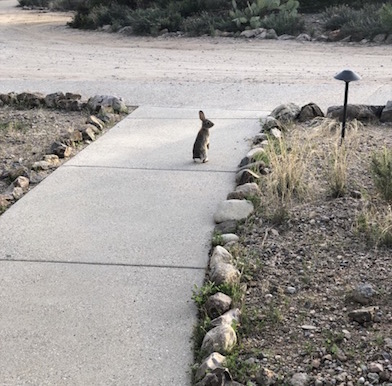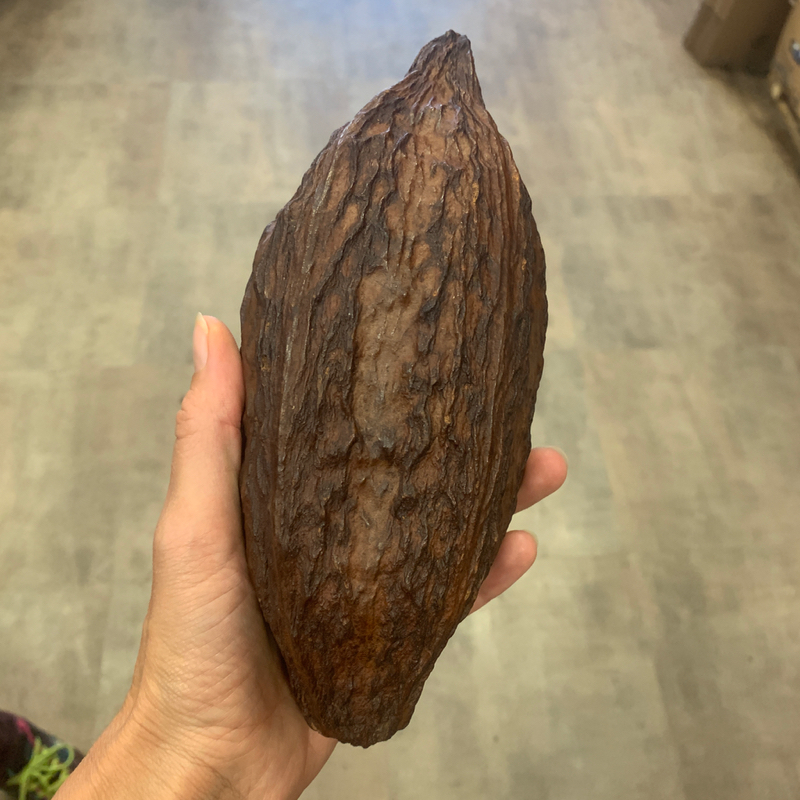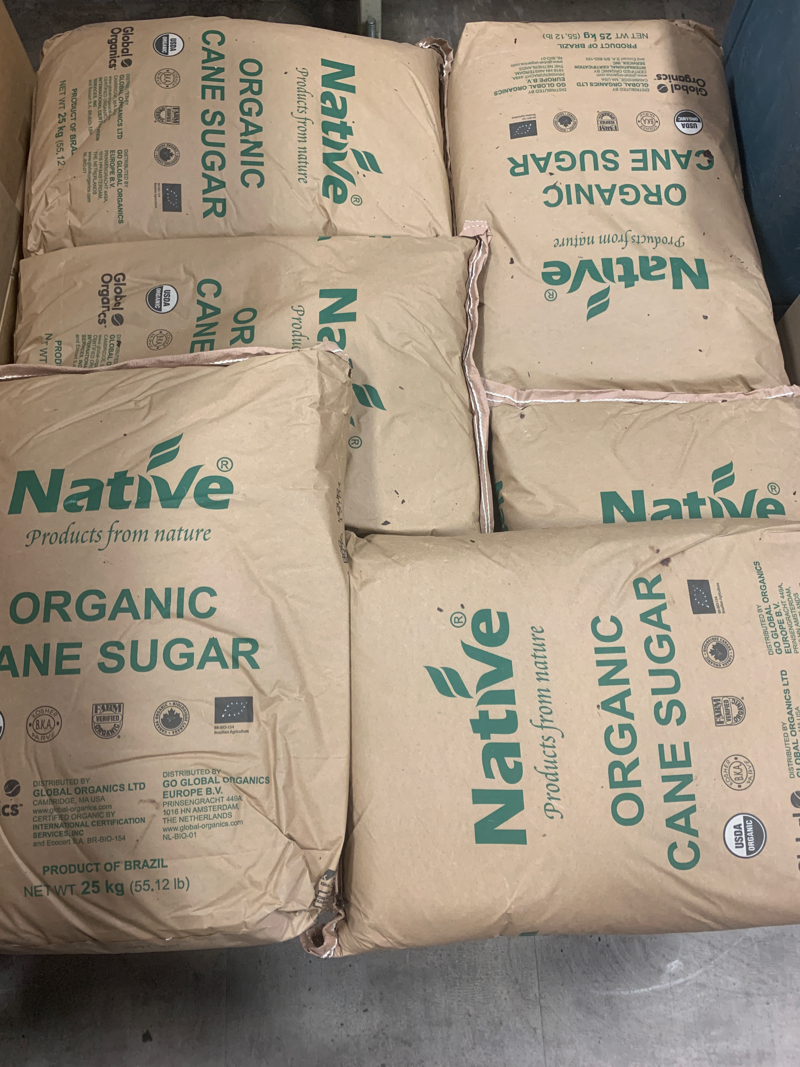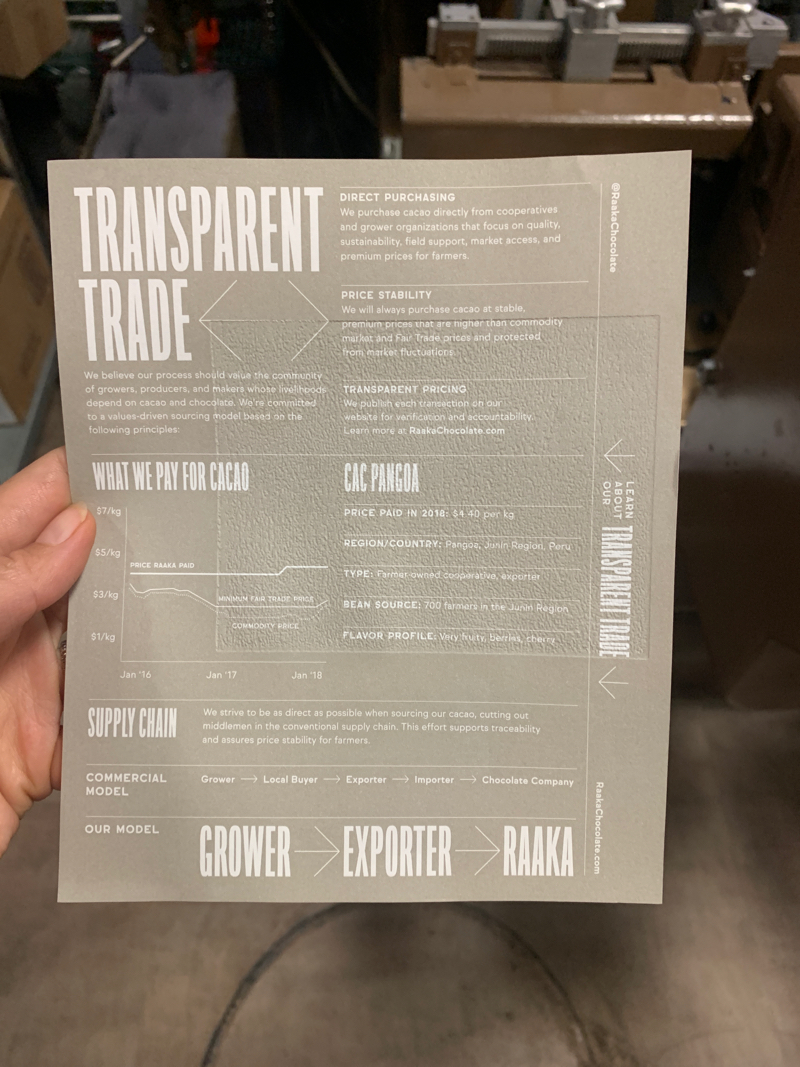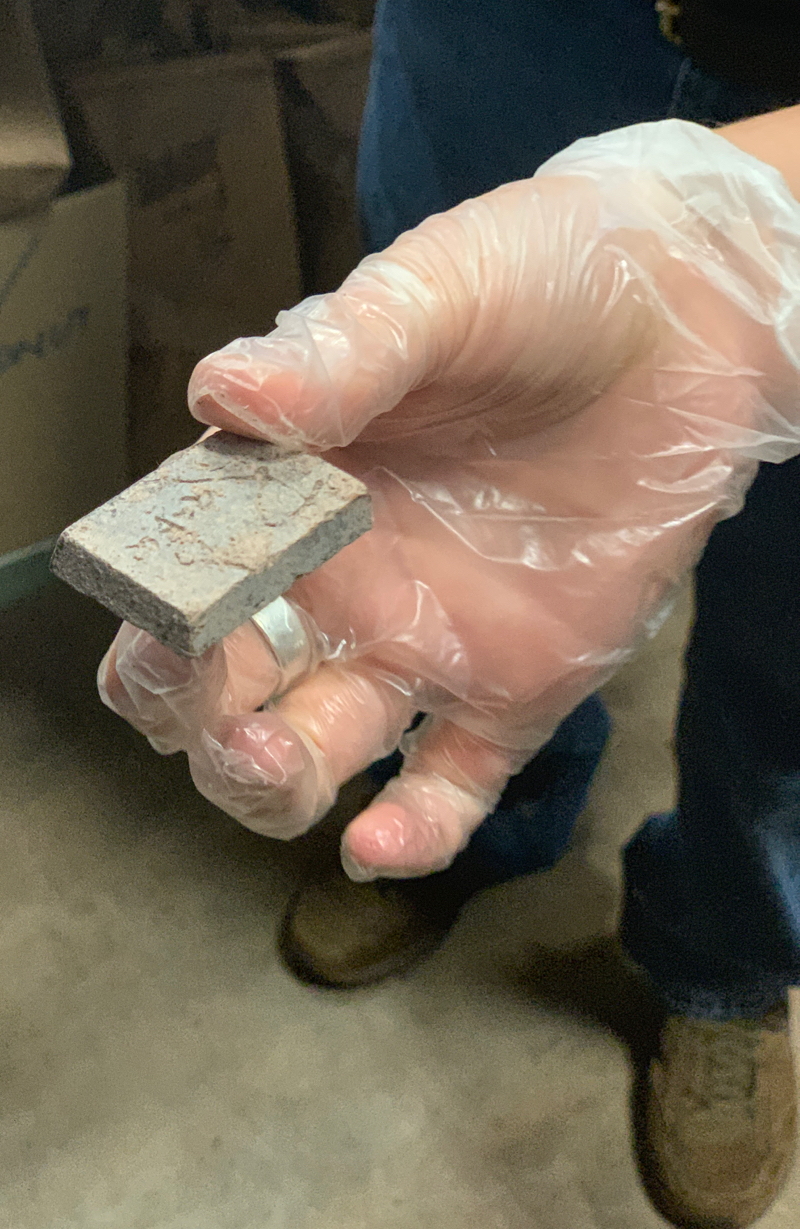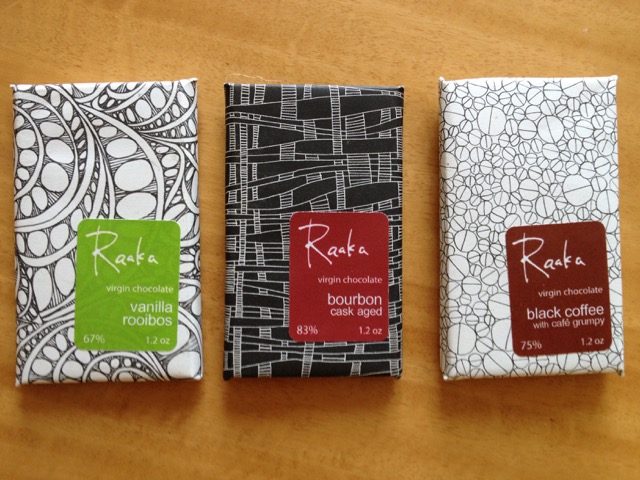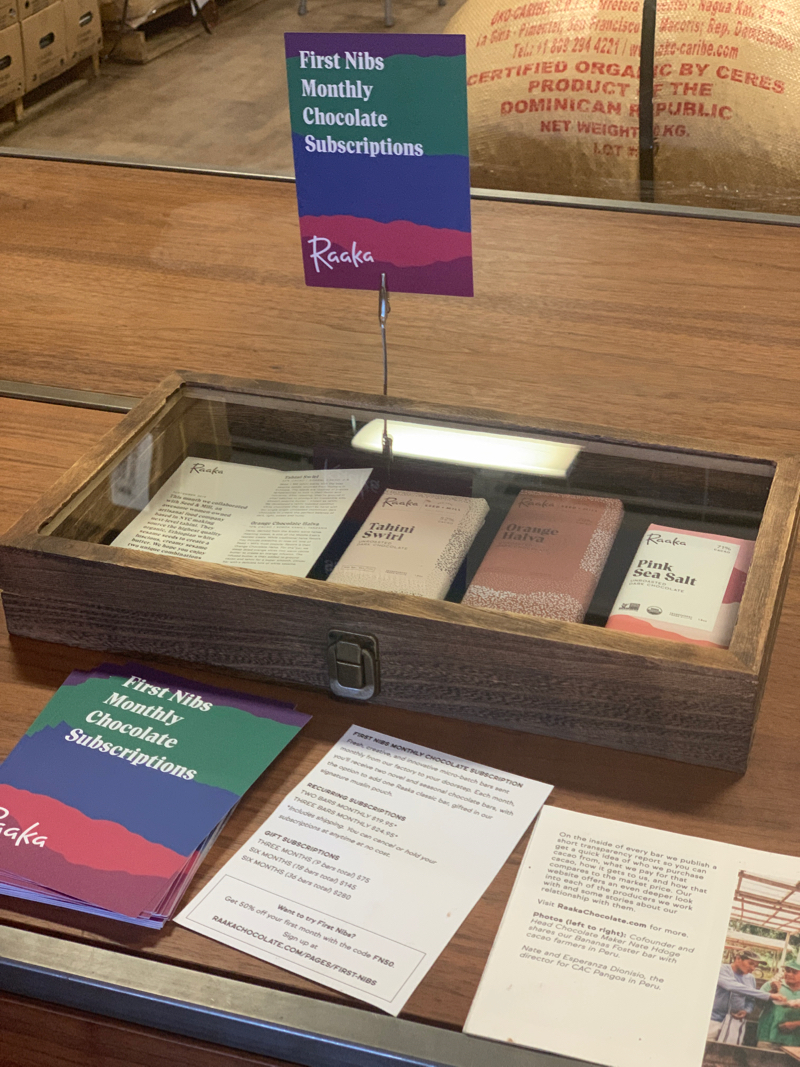The Hidden Life of Trees by Peter Wohlleben
Feeling, emotions and communication are not just human and some higher animal distinctions, trees do have something like a nervous system and so they react and talk. In The Hidden Life of Trees, Peter Wohlleben opens the gates of our awareness towards life in the natural world. Not the life we can easily grasp though ignorant eyes and without sufficient knowledge.



In order to decipher the life cycle, feelings, behavior, character and communication between trees, a sensitive person engaging all the senses, intuition and experience is needed. The Japanese mindful practice of shinrin-yoku or bathing in the forest requires a full immersion into its life-giving presence. In the archetypal realm, the forest is feminine and dark. In fairy-tales the hero usually faces challenges in the treedom, yet while I am not a Little Red Riding Hood, my personal solitary treks throughout the European and Asian forest attest, it is us that the forest shall fear.
The best-selling author, forester and researcher Peter Wohlleben was born for his profession that illuminated the path to his life’s mission. His surname — Wohlleben — when translated from German literally means “living well“. Wohl was explored by Goethe poetically:
Wohl is a very versatile word.
A word with multiple meanings it seems.
Evading your grasp, just like a bird
its core and its essence totally blurred
but crow because a new hope for us gleams.
A life-changing book
Reading this naturalist book by Wohlleben will change your relationship with trees. Every stroll in a forest, a breather in an urban park or a verdant, shaded alley will talk to you as your awareness sharpens. For example, trees send around 220 herz strong electric signals through the fungal networks around their roots (like phone lines or the internet cables). They produce their own insecticides, but when weakened or ill their immune system does not kick on and the bugs like germs devour them.
Countless “Discoveries from a Secret World” were famously brought to life in the fiction of Tolkien, who was inspired by his nativist predecessors, the Celts. The Hidden Life of Trees pushes further. Scientific research, decades of experience and an extraordinary sensitivity to trees, cast the work by Peter Wohlleben as a pioneering holistic observation where reason meets imagination. The forest he managed in Southern Germany inspired his research, and the University of Aachen supported his endeavor to decipher the workings of mutually dependent ecosystem.

Like humans, heads down
In a smooth, genuine, and empathetic voice, The Hidden Life of Trees talks about the social security (immune system) of trees, community housing, language, friendships, school system, as well as aging gracefully like humans. Demystifying some climate myths, migration, and underlining the healthy (primal forest) trees’ importance in the ecosystem. The vulnerability of tree street kids, even a burnout from overworking negatively affect trees as much as they do.
Wohlleben repeatedly likens trees’ behavior, manners, nourishment and communication to a human character. Not just in his fantasy, but in a thorough scientific process. Linking his shocking findings with substantial research persuades even the urbanites without a direct access to a proper forest.

Emotional beings that love
Emotions like love manifest in the trees’ behavior. Procreation through seeds involves a communal agreement in the deciduous trees strategy though. Since beechnuts are such a delicacy for wild boars and deers, while acorns mean the ultimate feast for wild pigs, their supply needs to be strategically limited in some years. That’s what these leafy giants do. They agree to bloom on a specific year (the mast year) producing so many seeds that the herbivores cannot eat them all, so enough is left to sprout. The forester adds: “Trees have survived until today only because there is a great deal of genetic diversity within each species”. So not every pine is alike. Beyond superficial differences, their pollen is released in different time, so pollinating its own female flowers can be avoided. Preventing genetic mutations is a smart approach by the trees.
Insects like bees pollinate rarely in the forest but bird cherries are one of their exceptions to wander further into the forest land. Willows, more likely to be found by the ponds and rivers, are also being pollinated by bees. They lure them in with a specific scent. The male colour their catskins yellow so the bees come to them first. The greenish, shy female trees are visited next. An efficient strategy do they have, like peacocks!
Wild or planted: the forest behaves accordingly
The Hidden Life of Trees alerts on the essential differences between planted and primeval forest. The suffering, tortured trees on the urban, compact land are being literally suffocated. Lacking the microbial diversity that a healthy, diversified forest has, the soil in our city parks is like junk food. Our footprints further squash the dirt around the trees’ underground roots cutting off the life support that cannot circulate naturally.
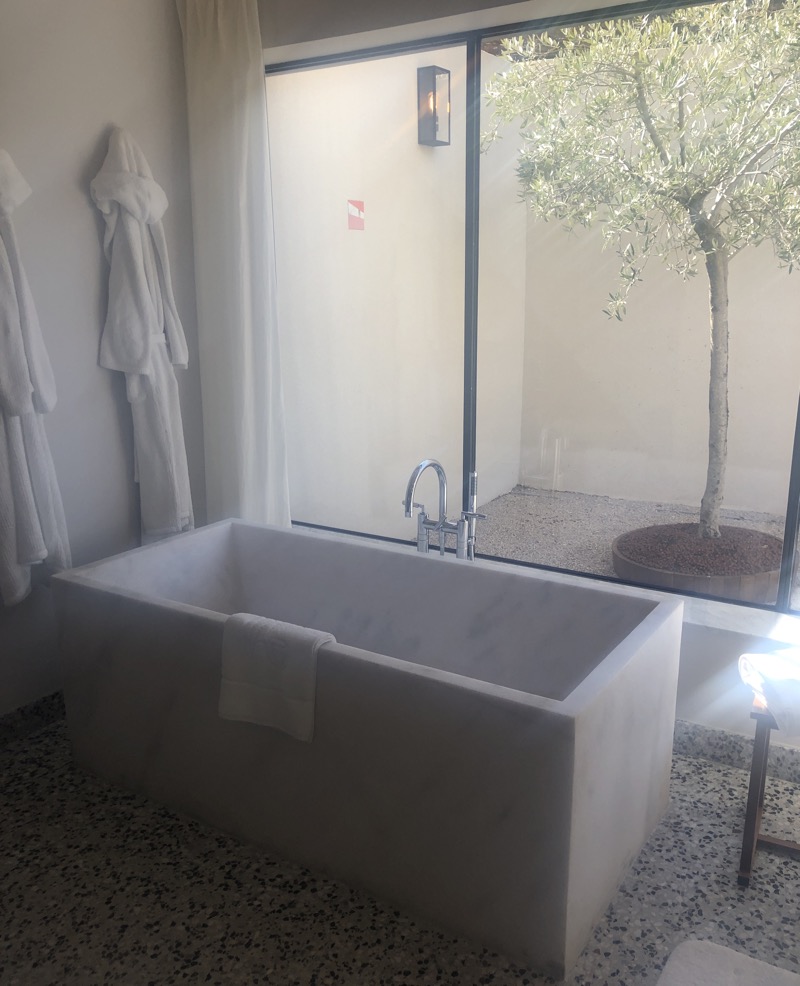
Saving native, real forests, is the mission of the eco-warrior who wrote about the natural world in many other books. The Hidden Life of Trees is his internationally most renowned masterpiece. I saw a hardcover copy from the Americas through the UK, Israel, to Hong Kong, and bought a Czech translation for my father, who spent countless weekends managing the protected forests around my hometown. He gasped, after reading it. He was never before been able to imagine all that suffering the trees must go through when being “helped” by human intervention, mainly for a profit. From his own experience, he knew that trees have a sense of time as Wohlleben writes — “Rising temperatures mean it’s spring. Falling temperatures mean it’s fall”, but the vast majority of the content was disturbingly revealing.

So, why we have been ignoring trees recently? We know that we need the photosynthesising giants to breathe clean air, to have oxygen for survival. Yet, in our hectic, materialist culture, Wohlleben writes that “the main reason we misunderstand trees is that they are so incredibly slow. Their complete life-span is at least five times as long as ours.” On the surface trees are inert, rustled only by the force of the wind, pushed down by the galeforce of a storm, devoured by insects or wild animals, frozen to nihilist corpses, or struck by a lightning, but they are active too. “Water and nutrients – that is to say, ‘tree blood’—flow from the roots up to the leaves at the rate of a third of an inch per second.” Quite a metabolism, isn’t it? There is so much more to discover in this compact book, I shared with you only a taste of the wonders inscribed so beautifully inside.





